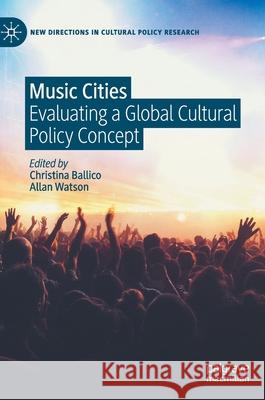Music Cities: Evaluating a Global Cultural Policy Concept » książka
topmenu
Music Cities: Evaluating a Global Cultural Policy Concept
ISBN-13: 9783030358716 / Angielski / Twarda / 2020 / 194 str.
Music Cities: Evaluating a Global Cultural Policy Concept
ISBN-13: 9783030358716 / Angielski / Twarda / 2020 / 194 str.
cena 563,56
(netto: 536,72 VAT: 5%)
Najniższa cena z 30 dni: 501,19
(netto: 536,72 VAT: 5%)
Najniższa cena z 30 dni: 501,19
Termin realizacji zamówienia:
ok. 22 dni roboczych.
ok. 22 dni roboczych.
Darmowa dostawa!
Kategorie:
Kategorie BISAC:
Wydawca:
Palgrave MacMillan
Seria wydawnicza:
Język:
Angielski
ISBN-13:
9783030358716
Rok wydania:
2020
Wydanie:
2020
Numer serii:
000793570
Ilość stron:
194
Waga:
0.40 kg
Wymiary:
21.01 x 14.81 x 1.27
Oprawa:
Twarda
Wolumenów:
01
Dodatkowe informacje:
Wydanie ilustrowane











